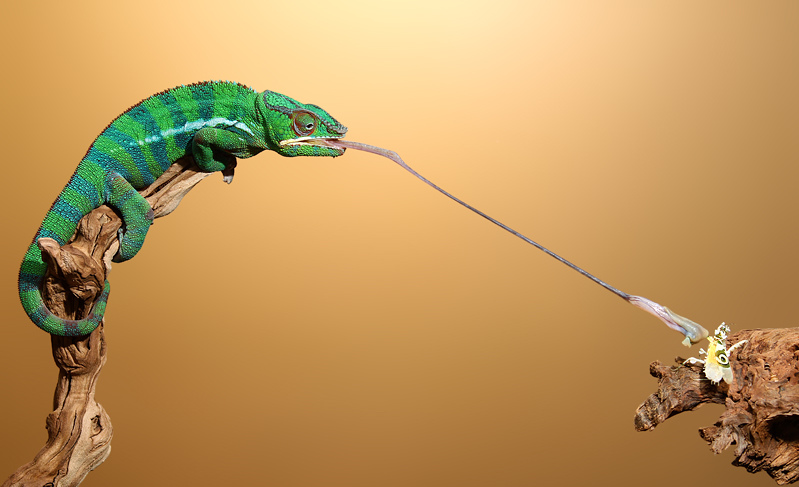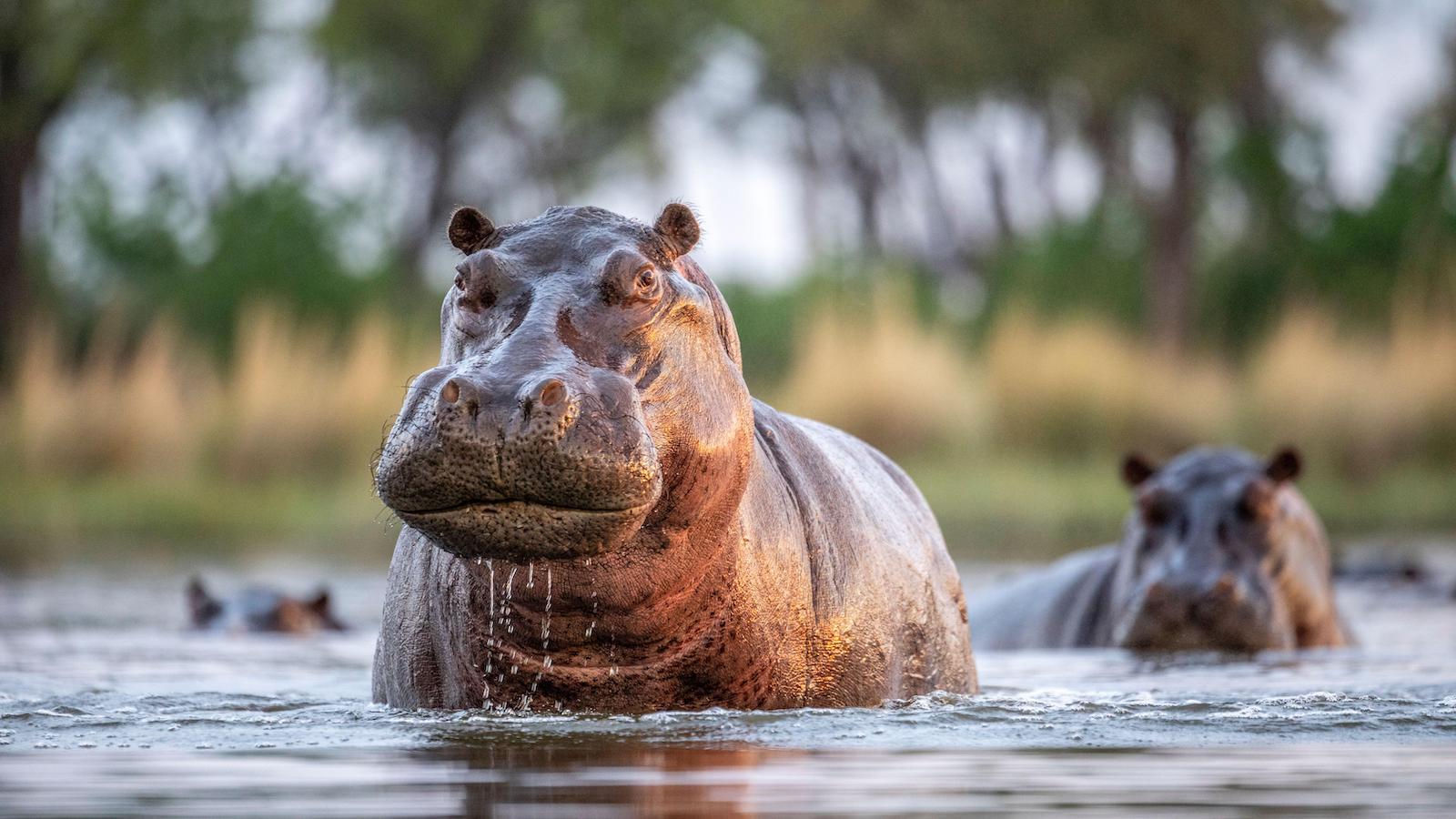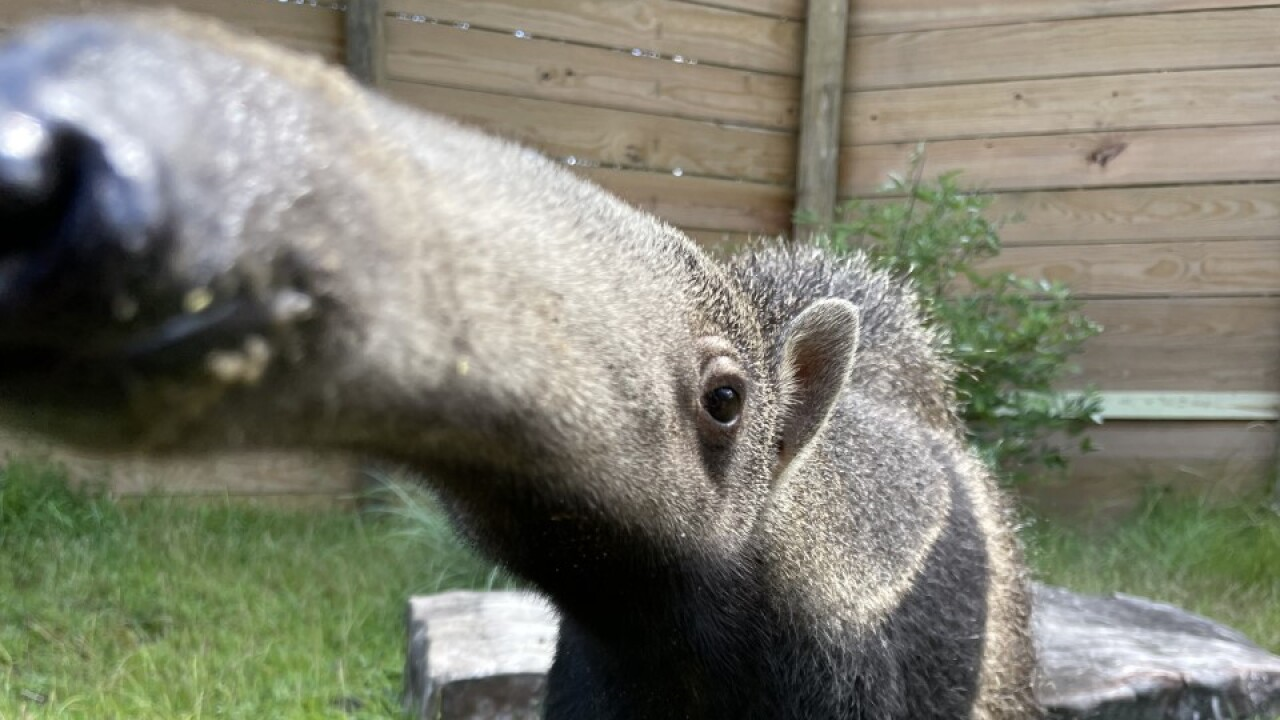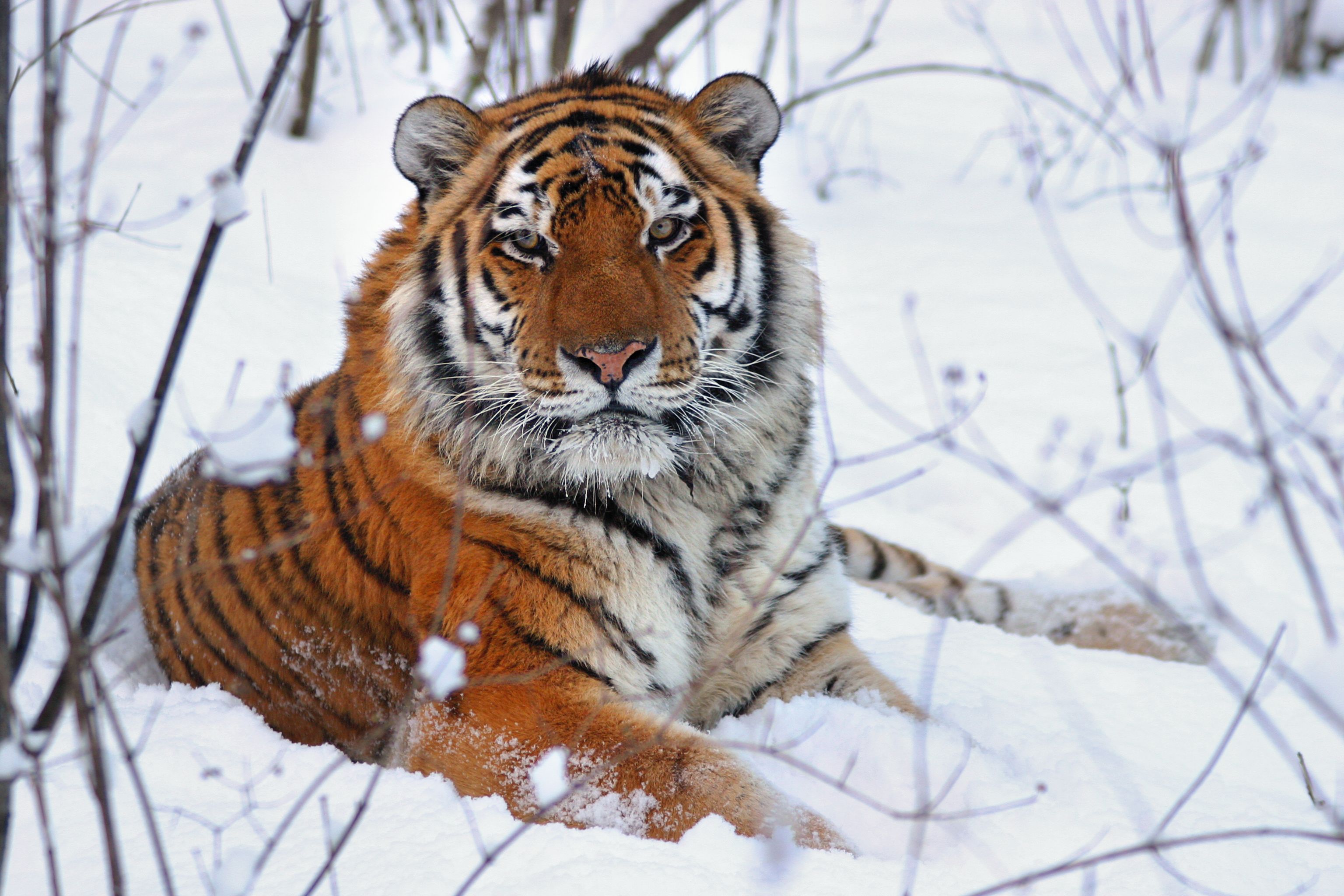Chameleons have long, extendable tongues that they use to capture prey, such as insects. The tongue can be longer than the chameleon's body and is rapidly projected to catch prey.

"I asked my gecko for relationship advice. He just stuck to the wall and looked at me like, 'Stick to what works, mate.'"
Chameleons are fascinating creatures known for their ability to change color, but their hunting techniques are equally intriguing. Here's an overview of how chameleons hunt:
-
Ambush Predators: Chameleons are primarily ambush predators. They use their incredible camouflage skills to blend into their surroundings, making them nearly invisible to prey. By staying motionless and patiently waiting, they can surprise unsuspecting insects that come too close.
-
Projectile Tongue: One of the most remarkable features of chameleons is their long, extensible tongue. When hunting, a chameleon focuses on its prey with both eyes. It then rapidly extends its tongue, which can be longer than the chameleon's body, to capture insects from a distance. The tongue is sticky and wraps around the prey, allowing the chameleon to reel it back in.
-
Accurate Aim: Chameleons possess exceptional depth perception and binocular vision, thanks to their independently moving eyes. This allows them to accurately judge the distance to their prey. Before striking, a chameleon may move its eyes independently to focus on the target, ensuring a precise and successful tongue strike.
-
Patience: Chameleons are patient hunters. They can remain motionless for extended periods, waiting for the right moment to strike. This ability to stay still, combined with their camouflage, makes them highly effective at ambushing prey.
-
Nocturnal Hunting: While some chameleon species are diurnal (active during the day), others are nocturnal. Nocturnal chameleons use their excellent night vision to hunt for prey in low light conditions. Their hunting techniques may differ slightly from their diurnal counterparts, but they still rely on their remarkable eyesight and tongue-projection abilities.
-
Diet: Chameleons primarily feed on insects, such as crickets, grasshoppers, and other small invertebrates. Some larger chameleon species may also consume small vertebrates like lizards and birds.



















